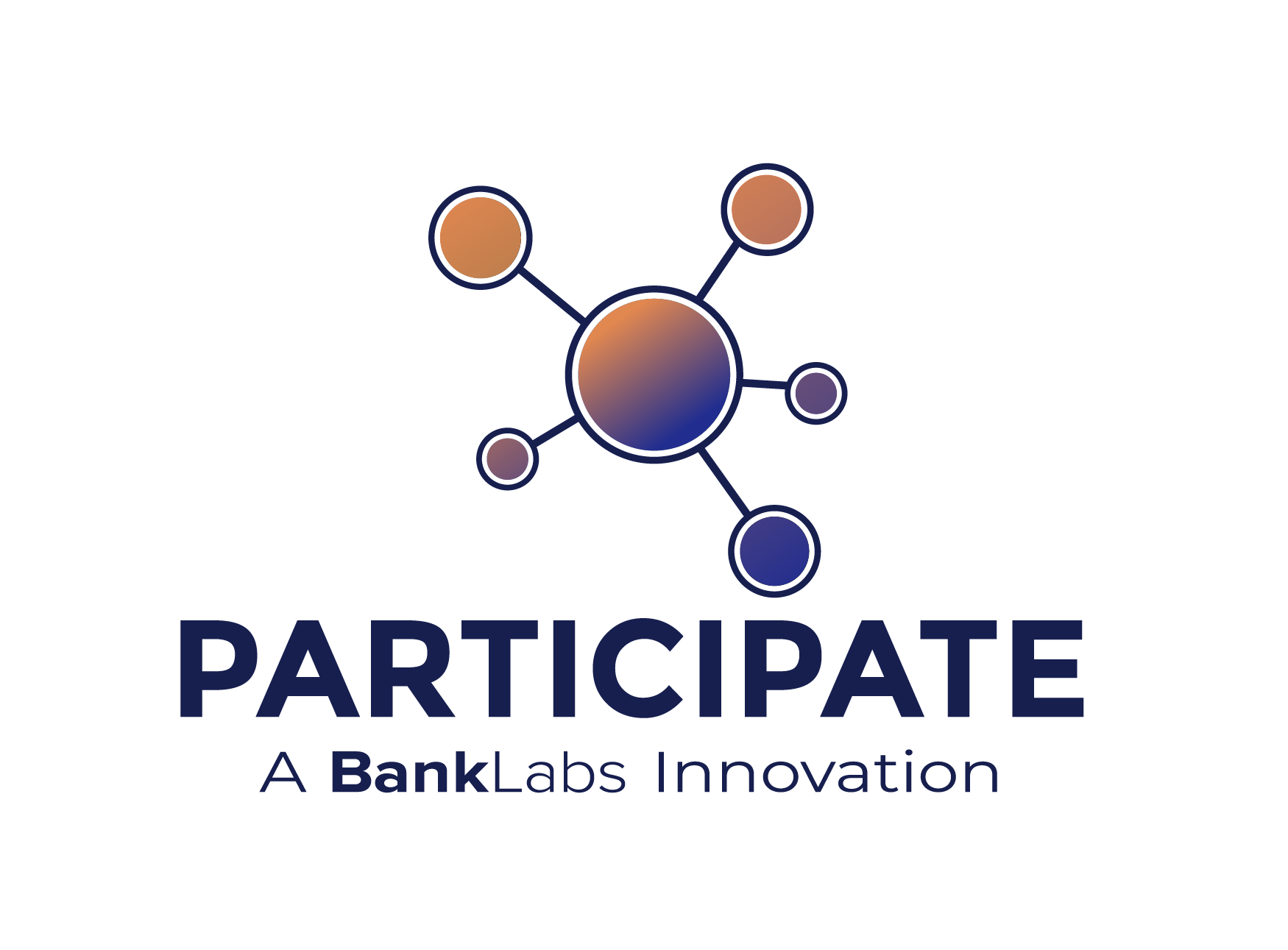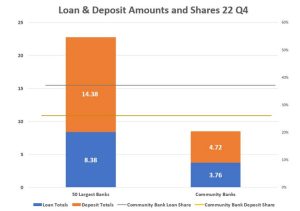Diversifying your investment portfolio is a prudent strategy to manage risk and potentially increase returns. One way to achieve diversification is by including investments from different asset classes, such as stocks, bonds, real estate, and even business loans. In this case, utilizing a business loan marketplace can be a viable option.
This blog will discuss the business loan marketplace and how it can diversify your portfolio.
What Is Business Loan Marketplace
A business loan marketplace is an online platform that connects borrowers, typically small businesses or startups, with lenders interested in financing these businesses. The marketplace acts as an intermediary, facilitating the borrowing process by matching borrowers with potential lenders.
In a business loan marketplace, borrowers can submit applications, providing information about their business, financials, and funding needs. On the other hand, loan lenders can review these loan applications and choose to invest in loans that align with their investment criteria.
The key features and benefits of a business loan marketplace include:
- Access to capital: Business loan marketplaces provide an alternative funding source for businesses that may not qualify for traditional bank loans or prefer a streamlined online borrowing experience.
- Diverse range of lenders: These marketplaces attract various lenders, including individual investors, institutional investors, and alternative lenders. This allows borrowers to access a broader pool of potential lenders, increasing their chances of securing financing.
- Competitive interest rates: The presence of multiple lenders within the marketplace creates competition, which can lead to competitive interest rates for borrowers. Lenders may compete to offer lower rates and attractive terms to win borrowers’ loan requests.
- Streamlined application process: Borrowers can typically complete the loan application process online, saving time and effort compared to traditional lending methods. The marketplace may use technology and algorithms to automate the application review and approval process, providing faster decisions.
- Risk assessment and credit scoring: Business loan marketplaces often employ risk assessment tools and credit scoring models to evaluate borrower creditworthiness. This helps lenders make informed investment decisions based on business financials, credit history, industry performance, and other relevant data.
- Loan diversification for investors: Business loan marketplaces also attract investors looking to diversify their investment portfolios. Lenders can spread their risk across various businesses and industries by investing in loans from multiple borrowers.
- Loan servicing and administration: The marketplace typically handles loan servicing and administration tasks, including collecting borrower payments, managing loan documentation, and providing ongoing support to both borrowers and lenders.
- Secondary market liquidity: Some business loan marketplaces offer secondary markets where investors can buy and sell existing loans. This provides liquidity and flexibility for investors wanting to exit their loan positions before maturity.
Ways to Diversify Investment Business Financing Portfolio
Diversifying your investment portfolio is a prudent strategy to manage risk and potentially increase returns. One way to achieve diversification is by including investments from different asset classes, such as stocks, bonds, real estate, and even business loans. In this case, utilizing a business loan marketplace can be a viable option. Here’s how you can diversify your portfolio with a business loan marketplace:
- Understand the concept: A business loan marketplace connects borrowers, typically small businesses or startups, with individual or institutional lenders. As an investor, you can participate by providing funds to these borrowers through loans.
- Research reputable marketplaces: Start by researching and identifying reputable business loan marketplaces. Look for platforms that have a track record of successful loan originations, transparent processes, and strong risk management practices.
- Assess your risk tolerance: Before diving into any investment, it’s crucial to assess your risk tolerance. Investing in business loans involves a certain level of risk, as there’s always a possibility of default by borrowers. Understand the potential risks and rewards associated with this asset class and evaluate whether it aligns with your risk appetite.
- Determine your investment amount: Decide how much capital you will allocate to business loans within your overall investment portfolio. It’s advisable to start with a smaller portion initially and gradually increase your exposure as you gain more experience and confidence in the marketplace.
- Conduct due diligence: After selecting a business loan marketplace, thoroughly review their loan offerings and underwriting process. Evaluate the marketplace’s loan selection criteria, borrower creditworthiness assessment, and default recovery procedures. Look for platforms that provide comprehensive borrower information, such as financials, business plans, and credit scores.
- Diversify across loans: Spread your investments across multiple loans to reduce the risk of any single loan default impacting your entire portfolio. Most business loan marketplaces allow you to invest smaller amounts in individual loans, enabling you to diversify effectively. Consider investing in loans from different industries, geographic regions, and risk grades to diversify your exposure further.
- Monitor your investments: Regularly monitor the performance of your loan investments. Keep track of loan repayments, default rates, and any changes in borrower creditworthiness. Stay informed about updates and notifications from the marketplace regarding your investments.
- Reinvest and manage your portfolio: As loans are repaid, consider reinvesting the principal and interest into new loans to maintain your exposure. Continuously assess your portfolio’s performance and make adjustments if needed. Rebalancing your investments periodically can help optimize your risk and return profile.
- Seek professional advice: If you’re unsure about navigating the business loan marketplace, consider seeking advice from a financial advisor or investment professional. They can provide personalized guidance based on your circumstances, goals, and risk tolerance.
Remember, investing in business loans through a marketplace carries inherent risks, including the potential loss of principal if borrowers default. Thorough research, due diligence, and diversification are essential to mitigate these risks and maximize your chances of success.
How to Select Business Loan Management
Selecting the right business loan management system is crucial for efficiently managing your loan portfolio, streamlining processes, and ensuring effective risk management.
Functionality and Features
Assess the features and functionalities offered by the loan management system. It should provide capabilities for loan origination, underwriting, documentation management, payment processing, collections, and reporting. Look for features aligning with your business needs and loan portfolio requirements.
Scalability and Customization
Consider the scalability of the system and its ability to accommodate your growing loan portfolio. Determine if the system allows customization and configuration to adapt to your unique lending practices and workflows. A flexible system will enable you to tailor it to your business requirements and integrate with other existing software.
User Experience and Ease of Use
A user-friendly interface and intuitive navigation are essential for efficient loan management. Evaluate the user experience of the system by requesting demos or trial access. It should be easy to learn and use, reducing the learning curve for your team and minimizing the chances of errors or delays.
Integration and Compatibility
Determine if the loan management system can integrate with your existing software ecosystem. Seamless integration with accounting systems, customer relationship management (CRM) platforms, and other third-party tools can streamline data flow, eliminate manual data entry, and improve operational efficiency.
Compliance and Risk Management
Regulatory compliance is crucial in the lending industry. Ensure that the loan management system adheres to applicable regulations and provides compliance monitoring, document management, and risk assessment features. Look for features such as credit scoring, collateral management, and automated alerts for early identification of potential default risks.
Reporting and Analytics
Reporting and analytics capabilities are essential for tracking loan performance, monitoring key metrics, and generating insights. The system should offer comprehensive reporting features, customizable dashboards, and robust analytics tools to support informed decision-making and portfolio management.
Security and Data Protection
Loan management systems handle sensitive customer and financial data, so security is paramount. Evaluate the system’s security measures, including data encryption, access controls, regular backups, and disaster recovery procedures. Additionally, ensure that the system complies with data protection regulations, such as GDPR or CCPA, depending on your jurisdiction.
Support and Training
Consider the level of customer support provided by the vendor. Assess the availability of training resources, documentation, and user forums. A responsive support team can address any issues or questions that arise during the implementation and ongoing use of the system.
Cost and ROI
Evaluate the cost of the loan management system, including licensing fees, implementation costs, and ongoing maintenance expenses. Consider the potential return on investment (ROI) the system can deliver in terms of increased efficiency, reduced operational costs, and improved risk management.
Vendor Reputation and Stability
Research the vendor’s reputation, experience in the industry, and track record of successful implementations. Read customer reviews, seek recommendations from industry peers, and evaluate the vendor’s financial stability to ensure a reliable and long-term partnership.
Considering these factors will help you select a business loan management system that aligns with your specific needs, improves operational efficiency, and supports effective loan portfolio management. It’s advisable to involve key stakeholders, including operations, IT, and risk management teams, in the evaluation process to ensure comprehensive decision-making.
Discover how BankLabs can help your bank harness the power of the best tools and technologies to transform your operations. Contact us today to schedule a consultation and learn more about our industry-leading solutions tailored to your needs. Unleash your bank’s potential with BankLabs and stay ahead in the digital banking era.















